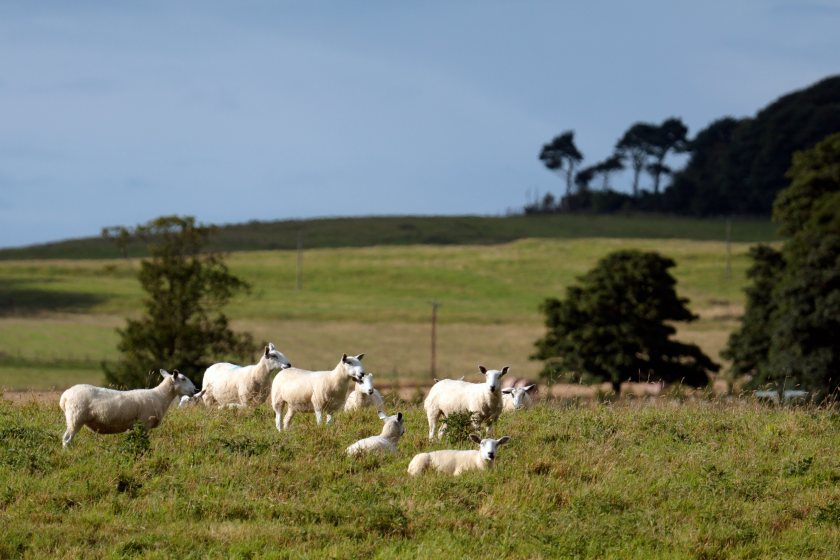
The UK sheep flock decreased by 785,800 head to 31 million - the smallest size recorded for 13 years - recently published government figures show.
Defra data indicates the total sheep and lamb population in the UK fell by 2.5% year-on-year from 31.8 million to 31.0 million head in June 2024.
The female breeding flock fell by 3.6% to 14.9 million head, with those intended for first time breeding driving this decline – down 9% on the year, which may indicate reduced replacements entering the breeding cycle.
The results also indicate the lamb crop – that’s those aged under one year old - fell by 1.5% to stand at 15.2 million head.
Hybu Cig Cymru - Meat Promotion Wales’ (HCC) analyst, Glesni Phillips said this decrease had already impacted on slaughter availability for the current lamb crop.
She said: “Those that fall into the lamb crop period between May 2024 – April 2025 are recording throughput levels that are eight per cent below those of the previous year.
“The reduction in the female breeding flock, particularly first-time breeding ewes, will likely result in a smaller lamb crop next year which could tighten supplies of lambs for both breeding and slaughter in subsequent years.”
The total number of cattle and calves in the UK fell slightly in the same period from 9.55 million to 9.41 million head – a decrease of 1.5% that represents 143,555 head fewer compared to 2023.
“This continues the ongoing decline in the UK herd,” noted Ms Phillips.
“The overall breeding beef and dairy herd, which we define as a cow that has calved, contracted by almost two per cent to 3.18m head, 14% lower than in 2014 and driven by a 5% reduction in the beef breeding herd to 1.3m head.”
She said the dairy breeding herd remained stable at 1.8 million head and consistent with 2014 levels.
“A 3% increase in 'other female cattle,' particularly in the beef category where numbers increased 5%, could indicate farmer efforts to retain younger females as potential future breeding stock.
"However, this may not offset the decline in the current breeding herd in the short term," Ms Phillips explained.
Cattle aged one to two years saw a marginal 1% decrease and cattle less than one year old showed a notable decline, potentially impacting the supply pipeline for beef cattle in subsequent years.
“The male cattle population decreased by 2%, though a 5% rise in males aged two years or more may temporarily support slaughter numbers,” said Ms Phillips.
“However, declines in younger male categories - those 1-2 years were 2% down and younger than one year, 4% down - could restrict beef production in later years.”
She estimated that these results could suggest beef production may not decline sharply in the short-term following stability in the beef cattle herd aged 1-2 years and the increase in older males.
“The notable decline in the beef breeding herd, coupled with fewer young calves and declining female cattle under two years old, does suggest a potential reduction in prime beef supplies and production volumes in the longer term."
